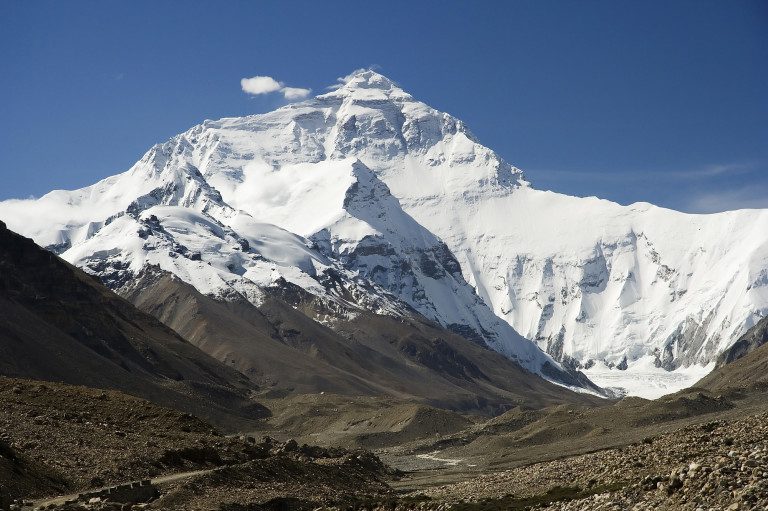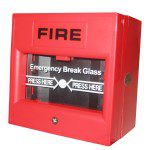Everyone mountain biker should try to get better at climbing. The better you get at climbing the less time you’ll spend doing it. Which frees you up to do more descending – or yet more climbing if you like that sort of thing. You’ll cover more miles and have more fun.
This is about technical mountain bike climbs. Loose, rocky, muddy, slippery devils that have you cursing and pushing.

If you want to get better at smooth off-road climbs, such as long fireroad drags, then a good place to start is actually to read our guide to getting better at road climbs. It’s all entirely applicable.
With their wide range gears, grippy tyres and suspension, mountain bikes make for impressive off-road climbing machines. There is a limit to the sort of stuff that they can get up but usually it’s the rider who gives out first.
By trying the techniques and tips covered in this blog, you’ll hopefully be able to get you and your bike up steeper, looser and generally more tricky ascents.
J.F.D.I.
The annoying truth about climbing is that it gets easier the more you do it. If you’re always avoiding climbing it will always be very hard. To get better at climbing, you need to do it more. Sorry!

Don’t be a hater
Perhaps the key thing to do is to change your mindset. Stop hating the climb. We’re not saying that you have to pretend to enjoy climbing. You should just try to treat them as a fact of life.
Don’t waste energy moaning about them. Don’t set off up that incline with a defeatist mindset. You’ll always struggle if you do.
Climbing is a skill
Remember that climbing is a skill. It’s not entirely about boring boring fitness. Every mountain biker likes to be thought of as skillful. Being a good climber is part of being being a decent all-round bike handler. Climbing doesn’t get the media hype that descending does but it’s all part of the deal.
Right then, that’s the pyschological tips over with. On to the practical on-trail stuff you can try.

RELAX!
Un-tense your hands. Relax your jaw.
Keep your cadence high
Keep those cranks spinning around swiftly – around 90rpm (1.5 pedal strokes per second). This will make your thighs burn and you won’t be able to sustain it for long at first, but after a few rides you’ll notice huge improvements.
High cadence is better for achieving high levels of traction over loose ground. You won’t spit traction, or stall, anywhere near as much as a slow-pedalling rider.

Don’t use up all your gears too early in a climb
Give yourself an emergency ‘bail out’ gear and really push yourself to go as far you can before resorting to it. Modern drivetrains are perfectly capable of changing gear under pedal load (tip: keep your thumb on the shifter lever until the change is complete).
Far too many riders change down to their easiest gears at the start of a climb. They always end up climbing for much longer periods of time. Far better to go harder for shorter.
You should also try to change back up a gear or two as and when the climb gets easier – this gives you back your emergency gear should the climb get tricky again up ahead.
Climbing crouch
When it gets really steep it gets difficult to avoid the front wheel lifting or the rear wheel spitting traction. To counter both of these problems, slide forward so your sitting right on the nose of the saddle, get your chest as close to your stem as you can, put your thumbs on top of your grips.
It works! It’s not a comfy position but hopefully the climb will be over soon. Check out the video below.
Bar tugging
Pull downwards and backwards on your handlebars in time with your pedal stroke power peaks. This mates your maximum torque times with your maximum traction times. Don’t go OTT though. Remember you should try to be smooth-ish most of the time too.
Keep it straight, mate
Try to keep as straight a line as possible – even if it means going over an obstacle or two. Often it’s a better idea to go right over the top of an obstacle rather than try to skirt round it.
Obviously there’s a limit to the size of obstacle that you can haul yourself up and over. Just try to pick a line with the fewest direction changes involved. Trying to avoid all of the obstacles all of time usually results in you ending up in a ‘dead end’ line.
Look ahead and link it all up. Look and link.
